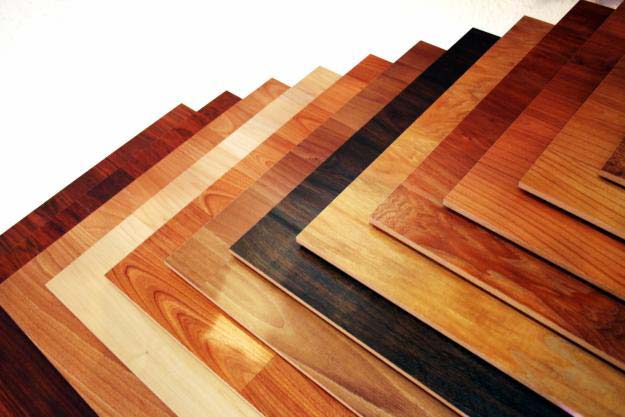In the world of healthcare, innovations are continually reshaping the landscape, and one such innovation making significant strides is non-woven medical textiles. These textiles, fabricated through a process that doesn’t involve weaving, hold immense potential in various medical applications, owing to their versatility, durability, and cost-effectiveness.
One of the most notable features of non-woven medical textiles is their ability to provide a barrier against microbes and other contaminants. This makes them invaluable in surgical settings, where maintaining a sterile environment is paramount. From surgical gowns and drapes to disposable masks and caps, non-woven textiles play a crucial role in infection control, reducing the risk of cross-contamination and ensuring patient safety.
Moreover, these textiles are highly breathable and comfortable, offering patients optimal comfort during prolonged use. They are also incredibly lightweight, facilitating ease of movement for healthcare professionals, without compromising on protection. This combination of comfort and functionality makes non-woven medical textiles the go-to choice in various medical settings, including hospitals, clinics, and laboratories.
Beyond their use in infection control and patient care, non-woven medical textiles find applications in wound dressings, bandages, and orthopedic supports. Their ability to conform to the body’s contours and absorb fluids efficiently makes them indispensable in wound management, promoting faster healing and reducing the risk of infections.
Furthermore, non-woven textiles are eco-friendly and can be easily disposed of after use, minimizing environmental impact. With advancements in technology, these textiles are continuously evolving, opening up new possibilities in healthcare innovation.
In conclusion, non-woven medical textiles represent a versatile and indispensable component of modern healthcare. From ensuring surgical sterility to enhancing patient comfort and aiding in wound management, their applications are diverse and ever-expanding, promising a healthier and safer future for patients and healthcare providers alike.

